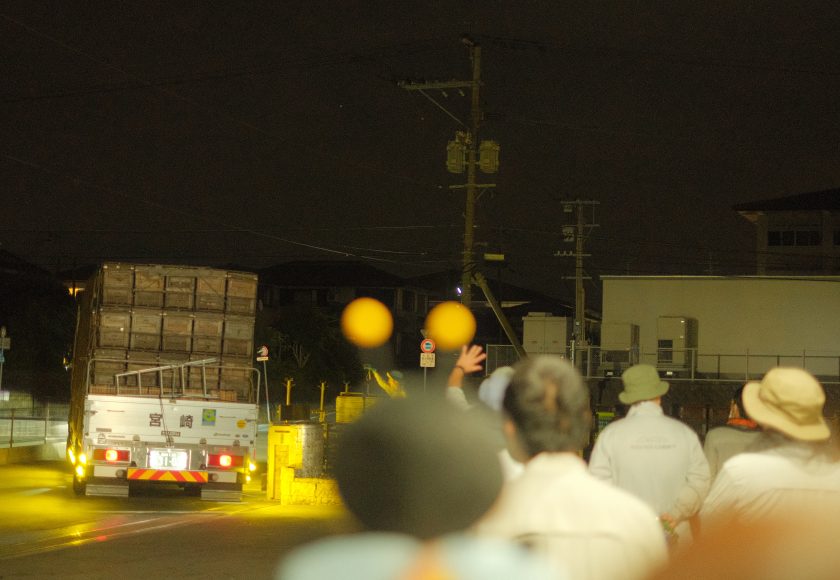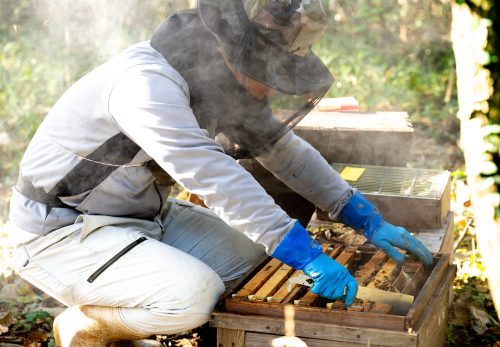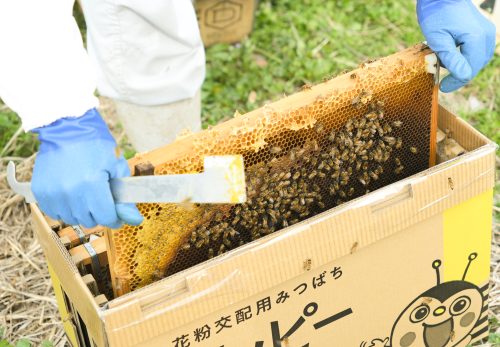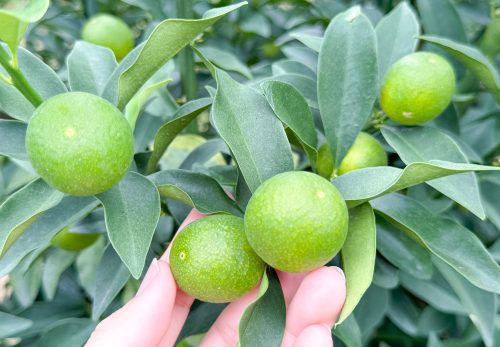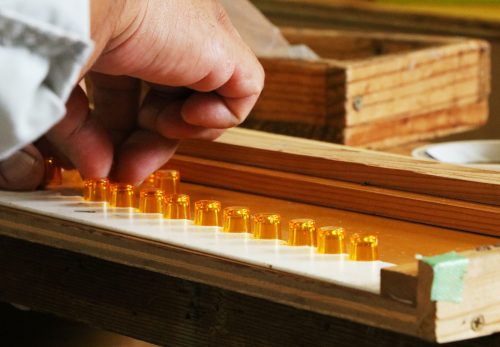At SUGI BEE GARDEN, we practice migratory beekeeping, moving across the archipelago in tandem with the flowering of nectar-producing flowers.
Honey harvesting activities take place from April to August in the most suitable nectar source areas in Kumamoto, Akita, and Hokkaido, while assessing changes in the environment and weather.
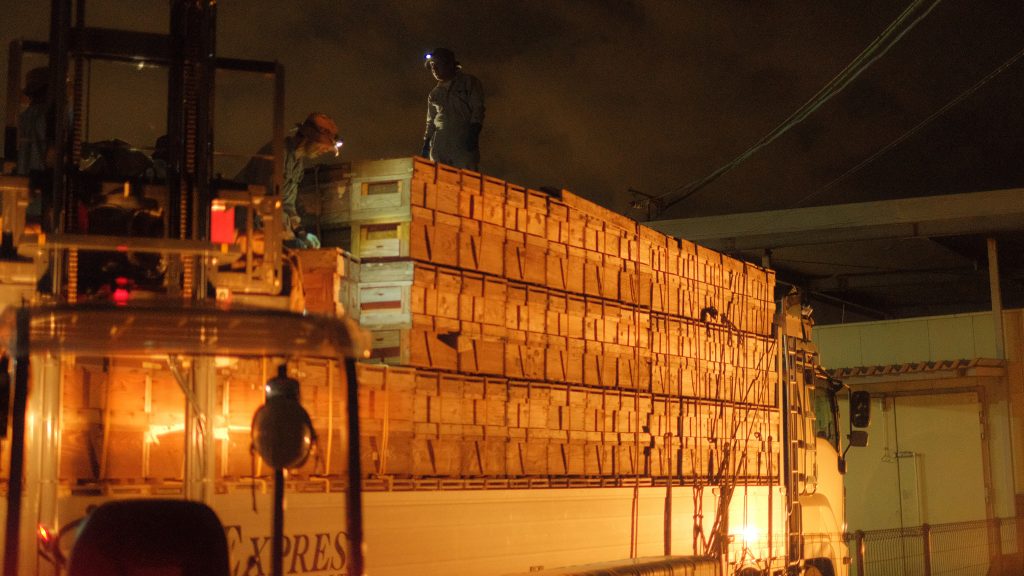
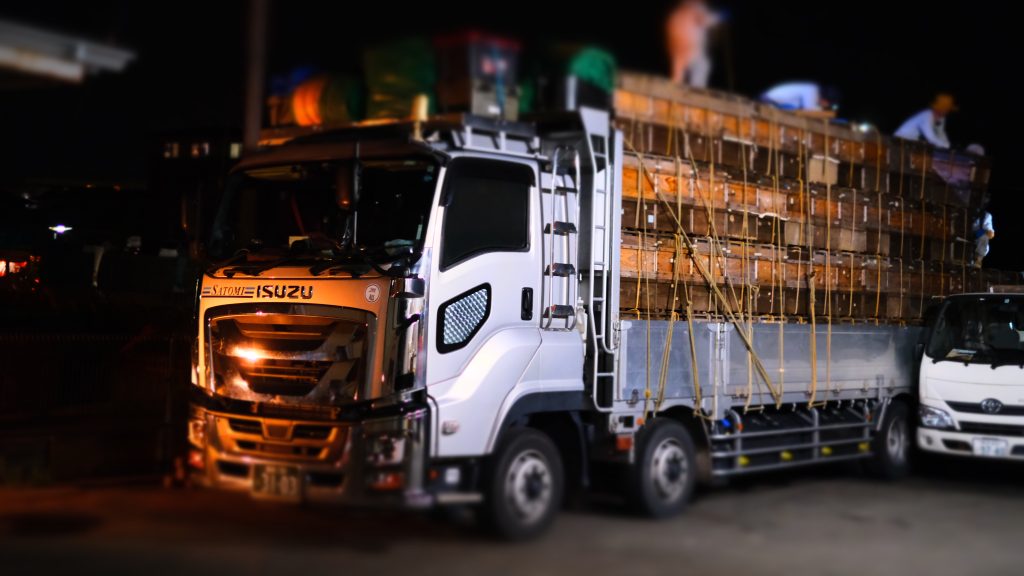
In mid-June, the bees that had finished harvesting honey in Kumamoto and Akita were moved to Hokkaido.
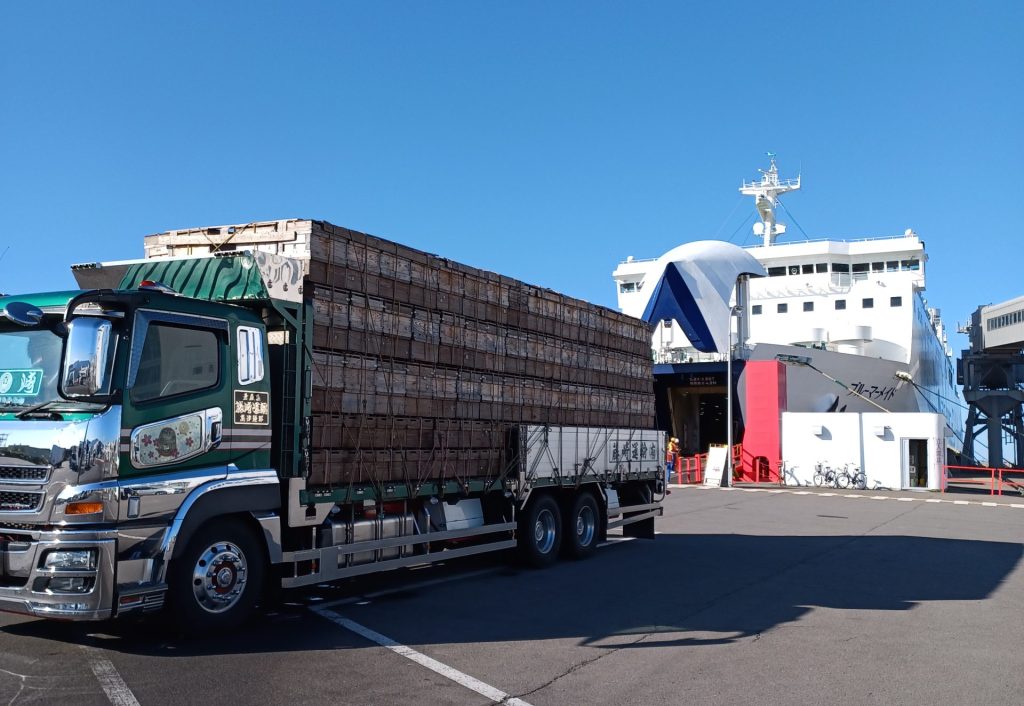
A 2,400km, 72-hour non-stop journey from Kumamoto.
A total of 1,138 hives were moved to Hokkaido this time.
There are approximately 40 million honeybees.
To Hokkaido, an area blessed with vast nature and land, the bees at SUGI BEE GARDEN fly out in search of nectar.
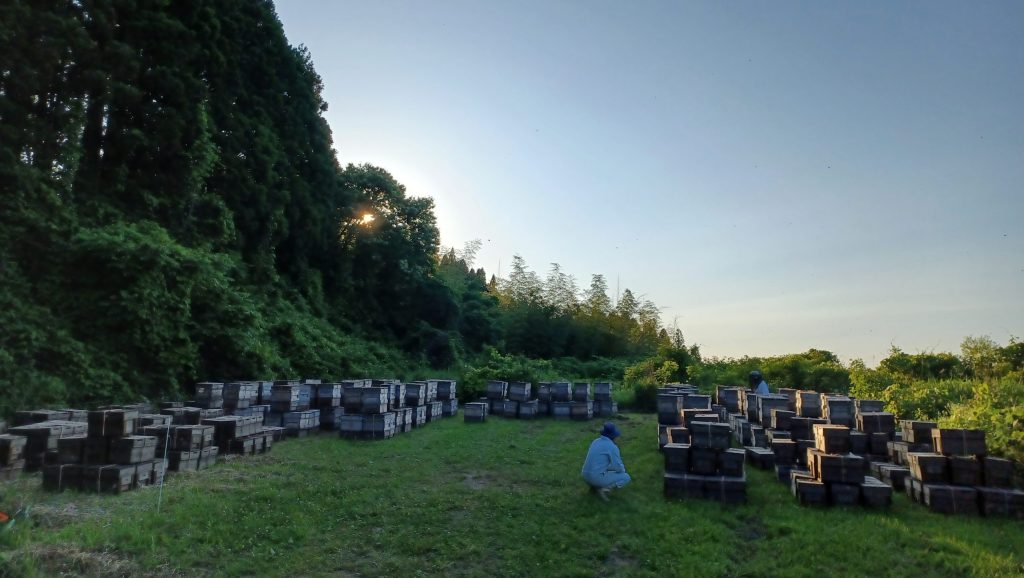
The large-scale migration to Hokkaido is not only to harvest honey, but also to train the bees for next year's honey harvest.
The average summer temperature in Hokkaido is 22.3°C, making it the perfect place for not only people but also bees to spend the hottest time of the year.
I wonder what this year's linden nectar and buckwheat nectar will taste like?
I feel a little envious of the bees, who are able to interact with some of Japan's most beautiful natural scenery.
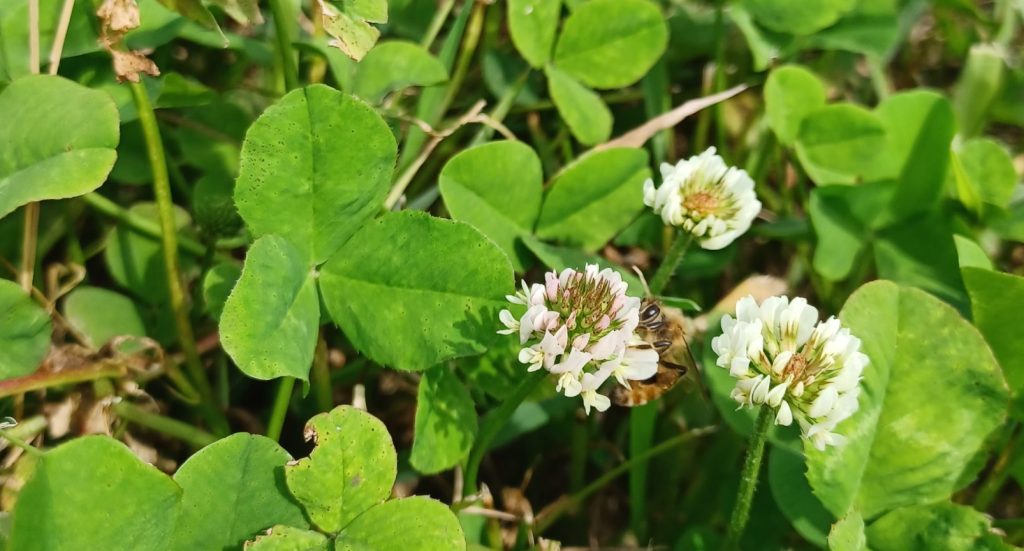
Come back when it's cooler.

